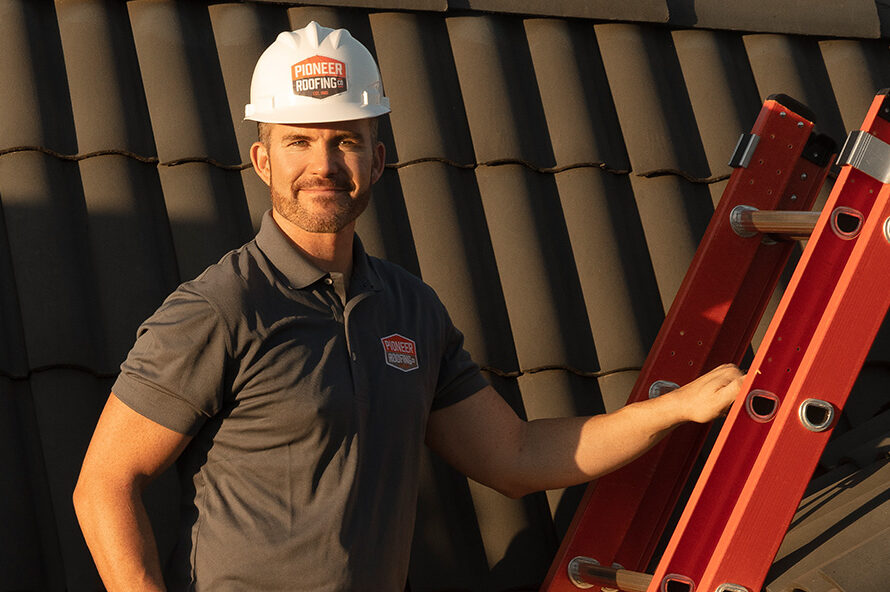Your roof serves to safeguard you and your family against rain, snow, sunlight, wind, extreme temperatures, and other elements. However, your roof also has its limit, like any other material. Your roof can withstand a specific weight, and you’ll know more about that in this article.
If you’re wondering how much weight your roof can handle, keep on reading to find out:
How Much Is the Standard Weight Load of a Roof?
Just so you know, your roof should be designed and built to withstand the combined weight of live and dead loads to ensure structural safety when people are on them. Live loads are a type of load that can change over time because the load is shifting locations.
For example, people walking around in a building is considered a live load. As long as the load is not fixed to the structure, it’s called a live load. On the other hand, a dead load is the intrinsic weight of a structure. It’s the exact weight of your roof, including all its elements.
If you have a shingled roof, its standard dead load is roughly around 20 pounds per square foot. Sturdy materials, on the other hand, can handle more dead load weights. If your roof is made of concrete, metal, or clay tile, it can support dead loads up to 27 pounds per square foot.
How About a Flat Roof?
Flat roofs are typically more accessible compared to sloped roofs. However, there are risks associated with having this kind of roof. As a homeowner with a flat roof or planning to have a flat roof, you should know that the minimum requirement for flat roofs is to support at least 100 pounds per square foot of concentrated weight. You have to note that flat roofs may unexpectedly need to support more weight on top.
How Much Snow Can Your Roof Hold?
One of the primary concerns of people living in a colder climate is whether their roofs can withstand heavy snow loads. If that is your concern as well, you should know that it depends on many different factors. You have to consider the age, slope, construction, and exposure of your roof to the weather because that will affect its snow load capacity. Water, ice, and snow weigh differently, so it can be tricky to determine the exact measurements.
To give you an idea, a light snowfall can weigh about 3 pounds per square foot. Since an average roof can withstand 20 pounds per square foot, it can hold over 6 feet of snow without experiencing any issue.
Conclusion
As a homeowner, knowing how much weight your roof can handle is crucial because that’s how you can ensure proper safety and precautions before starting any roof projects. That way, you can mitigate possible injury and avoid exceeding loads and limitations while working on your roof. Always remember that the best way to reduce those risks is to work with a professional. If there are any repairs or maintenance that your roof needs, you should call an expert because they know exactly how much load your roof can hold, thereby ensuring the safety of the worker, your family, and your property.
If you need the best roofing contractor in San Diego, you’ve come to the right place! Pioneer Roofing Company is a family-owned and operated business that can install, repair, replace, and maintain your residential roof. Get in touch with us today and get a free quote!



